That board is a CPLD board, similar but you state an FPGA board in the question. Programming will be by JTAG, and various vendors do things differently so there is no (satisfactory) "one programmer for all vendors" solution (let me know if you find one :-) ) There are things like OpenOCD and OpenJTAG and Presto, Wiggler, etc.
You would need the Xilinx JTAG programmer (or a clone from eBay should work fine, or one of the Presto/Wiggler type things but then you are risking frustration..) to program this board.
However, many of the demo FPGA boards have the ability to program over USB (unlike the CPLD board above, which is only via a JTAG header) You will need the Xilinx IDE (ISE webpack I think - download here), which can be downloaded from their website, and the programming software. I am not completely sure of all the finer details as I use Actel (now Microsemi) FPGAs. Hopefully someone can confirm the above.
Although I have not used Xilinx, I know a few who got one of the Nexys boards and were happy with them, although they are above your budget. eBay might a few cheap ones floating about though. If you don't know much about FPGAs and are not sure where to begin, one of the USB based Digilent boards are probably your best bet, as they come with all that's needed to program, and plenty of documentation/tutorials/example designs.
You will program in Verilog or VHDL (or System Verilog, or a few other options)
EDABoard has a good forum on FPGA/CPLD for when you get stuck, and FPGAforfun is another decent site (with some boards available incidentally)
Prepare for a harder path with FPGAs than e.g. Microcontrollers, there is a lot less out there help/example wise, and the design tools (compile, simulate, synthesise, place/route/timing, etc) are very complex - prepare for a lot of reading :-)
Having said that you should get some simple stuff up and running quite quickly with a good dev board.
